The piriformis muscle, located deep in the buttock region, plays a crucial role in hip and leg movement. Piriformis syndrome, a common condition, occurs when the piriformis muscle becomes tight or inflamed, leading to various symptoms. This article aims to explore the potential correlation between piriformis syndrome and calf pain.
What is Piriformis Syndrome
Piriformis syndrome is typically caused by muscle imbalances, overuse, or trauma to the piriformis muscle. Certain factors, like prolonged sitting, repetitive activities, or improper form during exercise, can contribute to its development. The primary symptoms of piriformis syndrome include pain in the buttocks and leg, numbness, tingling, and difficulty sitting for extended periods. Diagnosis often involves clinical examination, medical history review, and imaging tests like MRI or nerve conduction studies.
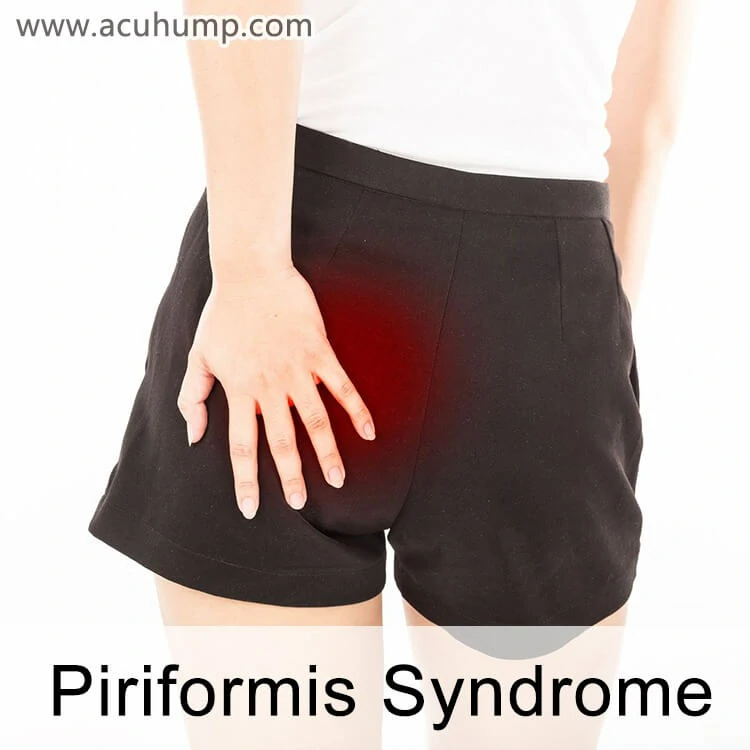
The Anatomy and Function of the Piriformis Muscle
The piriformis muscle is a small, pear-shaped muscle that starts at the lower spine and attaches to the upper surface of the femur (thigh bone). It plays a vital role in hip movement and stabilization, aiding in actions like rotating the thigh outward and extending the hip joint. The muscle is positioned near the sciatic nerve and closely interacts with it, making it susceptible to compressing or irritating the nerve when tight or inflamed.
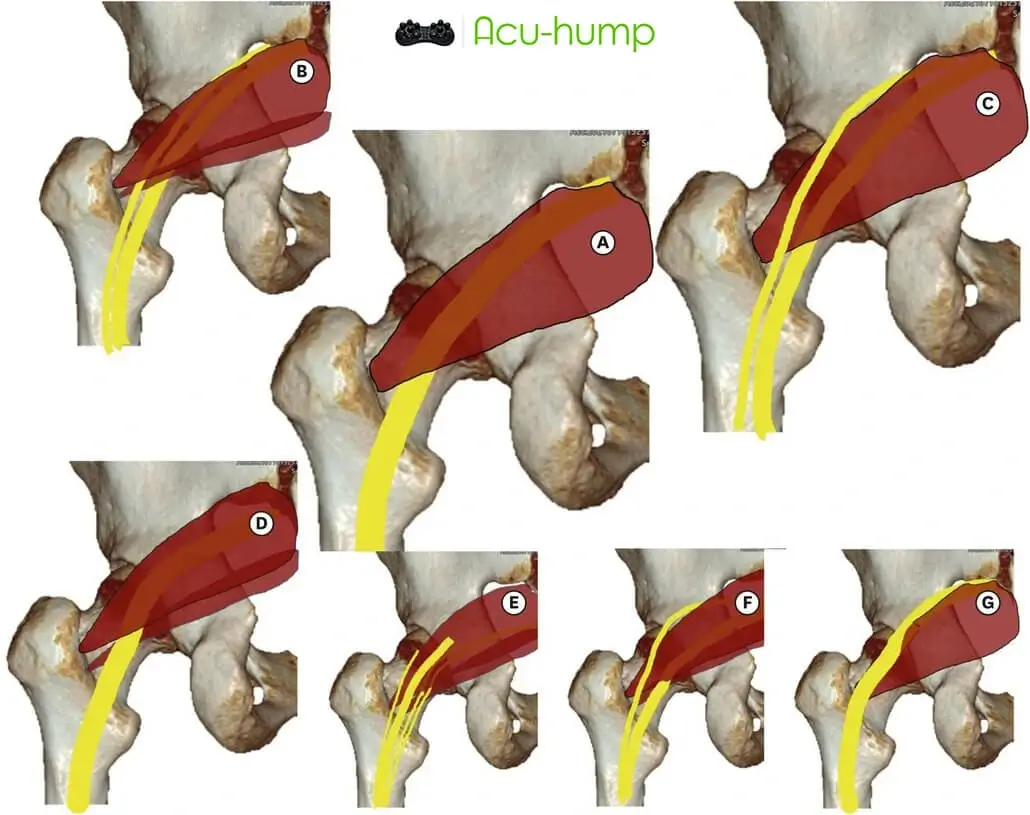
The Underlying Mechanism: Compression of the Sciatic Nerve
Compression or irritation of the sciatic nerve can occur when the piriformis muscle spasms, swells, or develops trigger points. The sciatic nerve branches off from the spinal cord, passing through or beneath the piriformis muscle on its way down the leg. When the piriformis muscle tightens or becomes inflamed, it can exert pressure on the sciatic nerve, resulting in radiating pain. This compression can cause not only buttock and hip pain but also calf and foot discomfort.
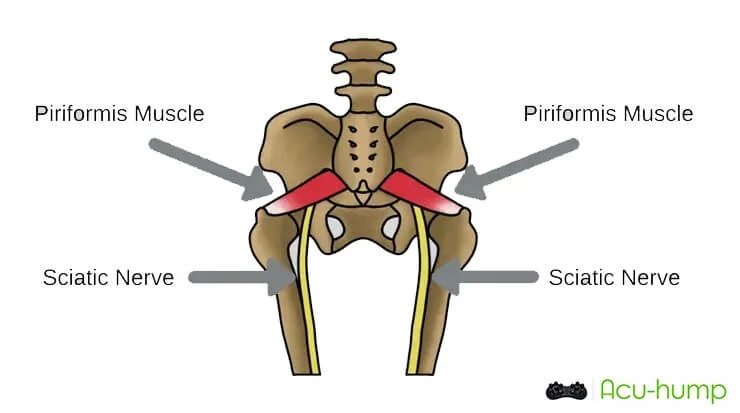
Clinical Evidence of Calf Pain in Piriformis Syndrome
Several medical studies and observations support the relationship between piriformis syndrome and calf pain. Researchers have documented cases where individuals with diagnosed piriformis syndrome reported calf pain as a symptom. These individuals experienced aching, burning, or sharp pain in the calf area, often accompanied by other classic signs of piriformis syndrome.
Treatment and Management Options
The treatment of piriformis syndrome typically involves a multi-faceted approach. Stretching exercises that target the piriformis muscle, such as the figure-four stretch or pigeon pose, can help alleviate pain and improve flexibility.
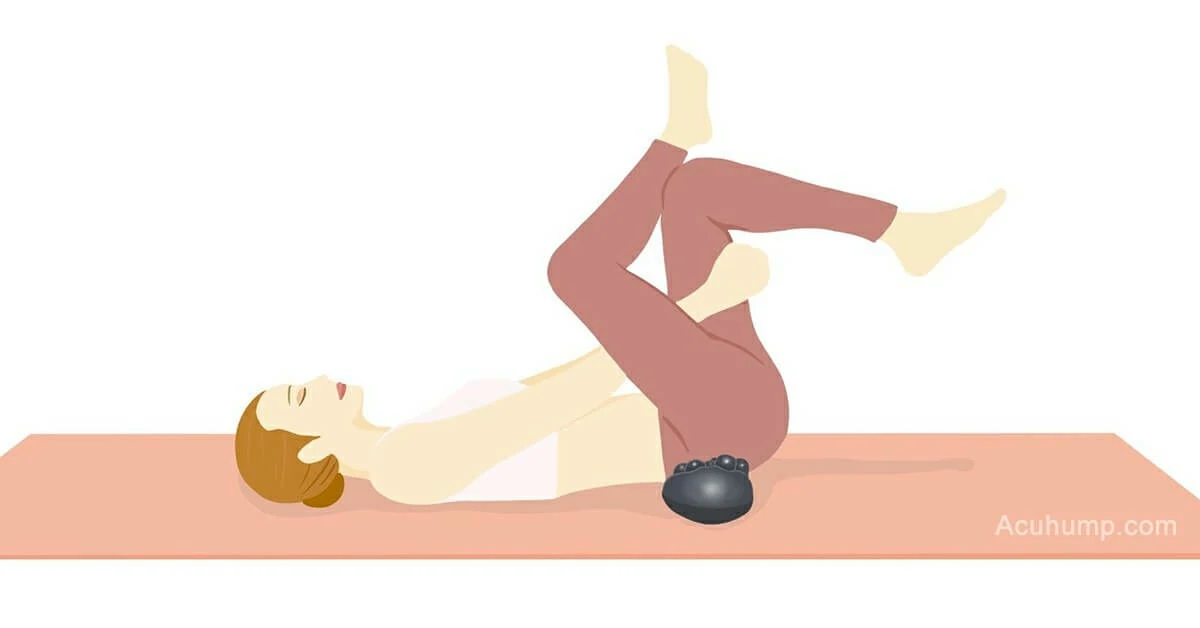
Physical therapy may also be recommended to address muscle imbalances, strengthen surrounding muscles, and improve overall alignment and posture. In some cases, nonsteroidal anti-inflammatory drugs (NSAIDs) or muscle relaxants may be prescribed to manage pain and inflammation.
Additional Therapeutic Tools for Piriformis Syndrome
In addition to stretching exercises, there are various therapeutic tools that can aid in the management of piriformis syndrome and enhance the effectiveness of stretching. One such tool is the Acu-hump, a self-massage device designed to target the muscles of the buttocks and provide deep tissue release.
The Acu-hump features a contoured shape that allows for precise targeting of the piriformis muscle. By applying pressure to specific points along the muscle, it helps alleviate tension and reduce inflammation. The device can be used by individuals of all fitness levels and is particularly beneficial for those with limited flexibility.
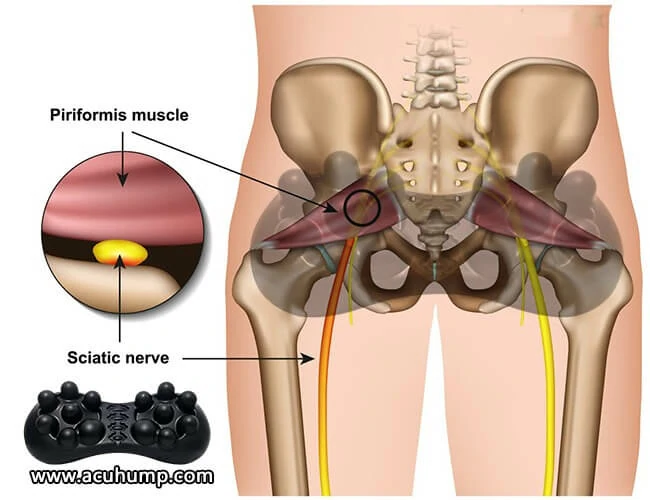
Acu-hump® Release Piriformis Muscles
Using the Acu-hump as part of a comprehensive treatment plan for piriformis syndrome can enhance the stretching effects by providing a deep massage to the affected muscles. This promotes increased blood flow, which aids in the delivery of oxygen and nutrients to the area, facilitating healing and reducing pain.
When using the Acu-hump, it is important to start with gentle pressure and gradually increase it as tolerated. It is advisable to consult with a healthcare professional or a physical therapist who can provide guidance on proper technique and usage.

Acu-hump: 30-day return policy. No risk for you.
Incorporating the Acu-hump into a daily routine can help individuals with piriformis syndrome achieve better results in terms of pain relief and improved range of motion. Combining the use of this therapeutic tool with targeted piriformis stretch exercises can provide a comprehensive approach to managing the condition.
Acu-hump: Full refund policy. No risk for you.
In addition to stretching exercises, using therapeutic tools like the Acu-hump can further enhance the effectiveness of treatment for piriformis syndrome. The Acu-hump is designed to provide deep tissue release and can be used to target the piriformis muscle, thereby improving flexibility and reducing pain. However, it is crucial to consult with a healthcare professional to ensure appropriate usage and to receive a comprehensive treatment plan for piriformis syndrome. By incorporating stretching exercises and therapeutic tools, individuals can optimize their management of piriformis syndrome and improve their overall quality of life.

Acu-hump: 30-day return policy.
You have no risk.
